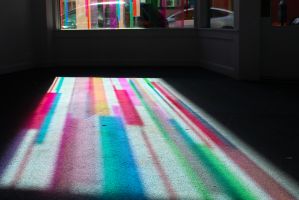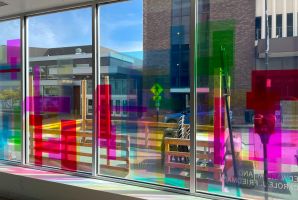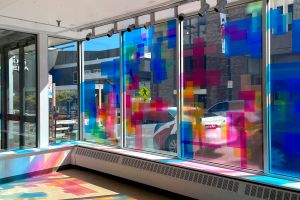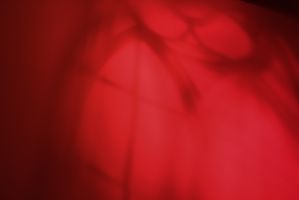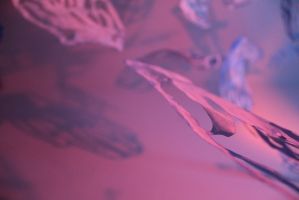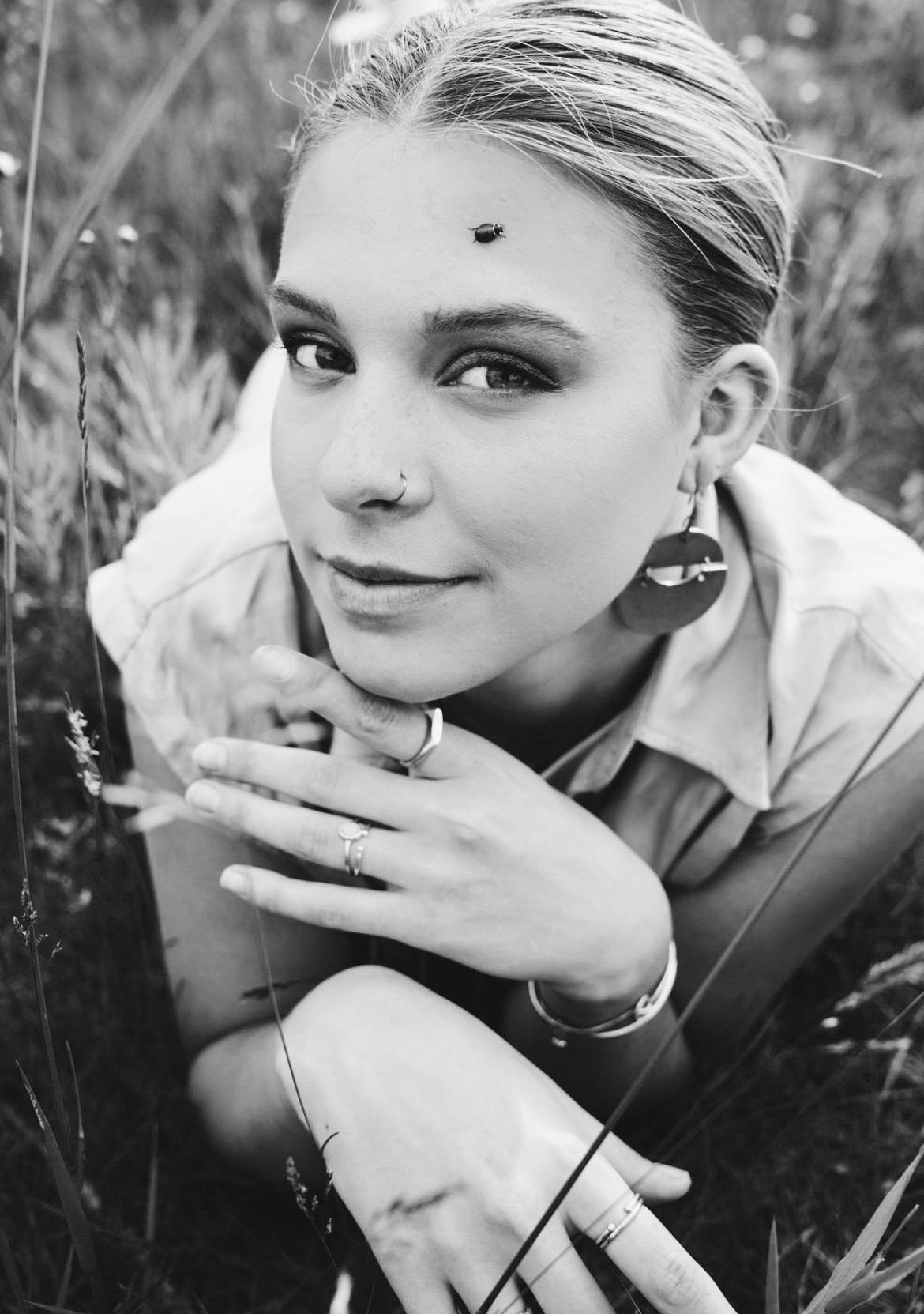- 2-D animation
- 3-D animation
- Abstract
- Abstract Painting
- Alt. process photography
- Animation
- Architect
- Archivist
- Art History
- Arts Writer
- BFA
- Blacksmith
- Book arts
- Book Illustration
- Branding
- Calligraphy
- Caricature
- Carpentry
- Ceramic
- Collaborative/collective
- Collage
- Color Photography
- Comics
- Commercial Photography
- Commission
- Community art
- Concept Art
- Conceptual
- Construction
- Copy photography
- Curator
- Development
- Digital 3-D modeling
- Digital Fabrication
- Digital Media
- Digital Photography
- Documentary
- Eco-Art
- Editor
- Editorial photography
- Engraving
- Etching
- Event photography
- Fab Lab
- Fashion
- Feminist
- Fiber
- Fiber Art
- Figure
- Film
- Film Photography
- Freelance
- Furniture Design
- Gallerist
- Game developer
- Garments
- Gender
- Goldsmith
- Graphic design
- Health and medical
- Home furnishing
- Identity Design
- Illustration
- Installation
- Interactive
- Interior Design
- Interior Painting
- Jewelry
- Kinetic
- Landscape
- Landscape Architect
- Lettering
- Letterpress
- Logo Design
- Master Printer
- Mechanical drawing
- Metal Fabrication
- Metalsmithing
- MFA
- Miniature
- Model
- Model maker
- Monotype
- Mural
- Mural Artist
- Music
- Packaging Design
- Painting
- Performance art
- Photography
- Porcelain
- Portrait
- Portraiture
- Preparator/ Art Handler
- Printmaking
- Product Design
- Public Art
- Public Engagement
- Representational
- Restoration
- Robotics
- Screenprinting
- Sculptor
- Sculpture
- Sign painter
- Social media
- Social Practice
- Soft Sculpture
- Stone
- Stop Motion Animation
- Street Art
- Surface Design
- Teaching artist
- Textile
- UI Design
- Video
- Visual Identity
- Web Design
- Wedding photography
- Window display
- Woodcut
- Woodworking
- Writer
The Act of Decentering: A Way To See The Formless Through Material
Connect me with Allie Wittmann
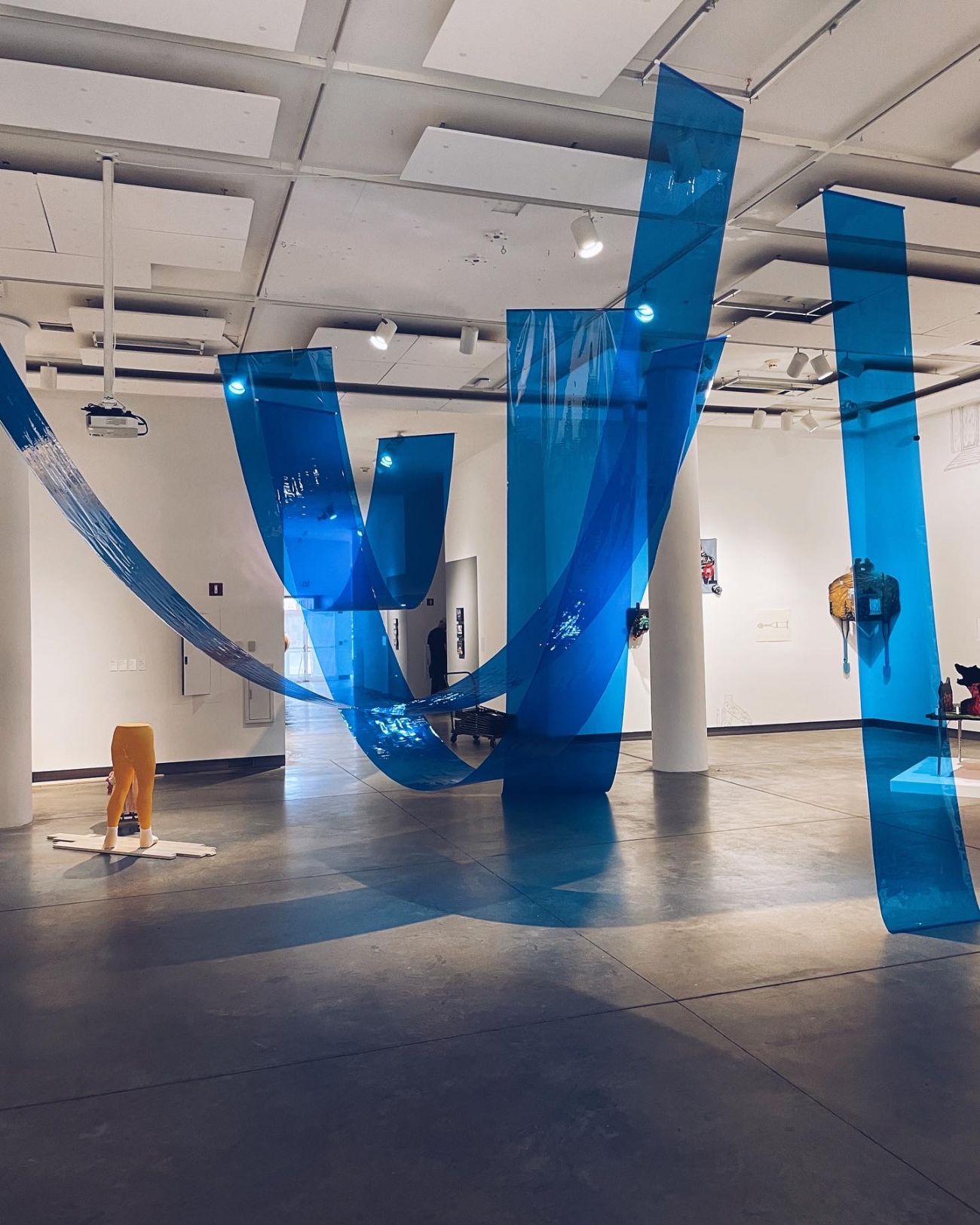
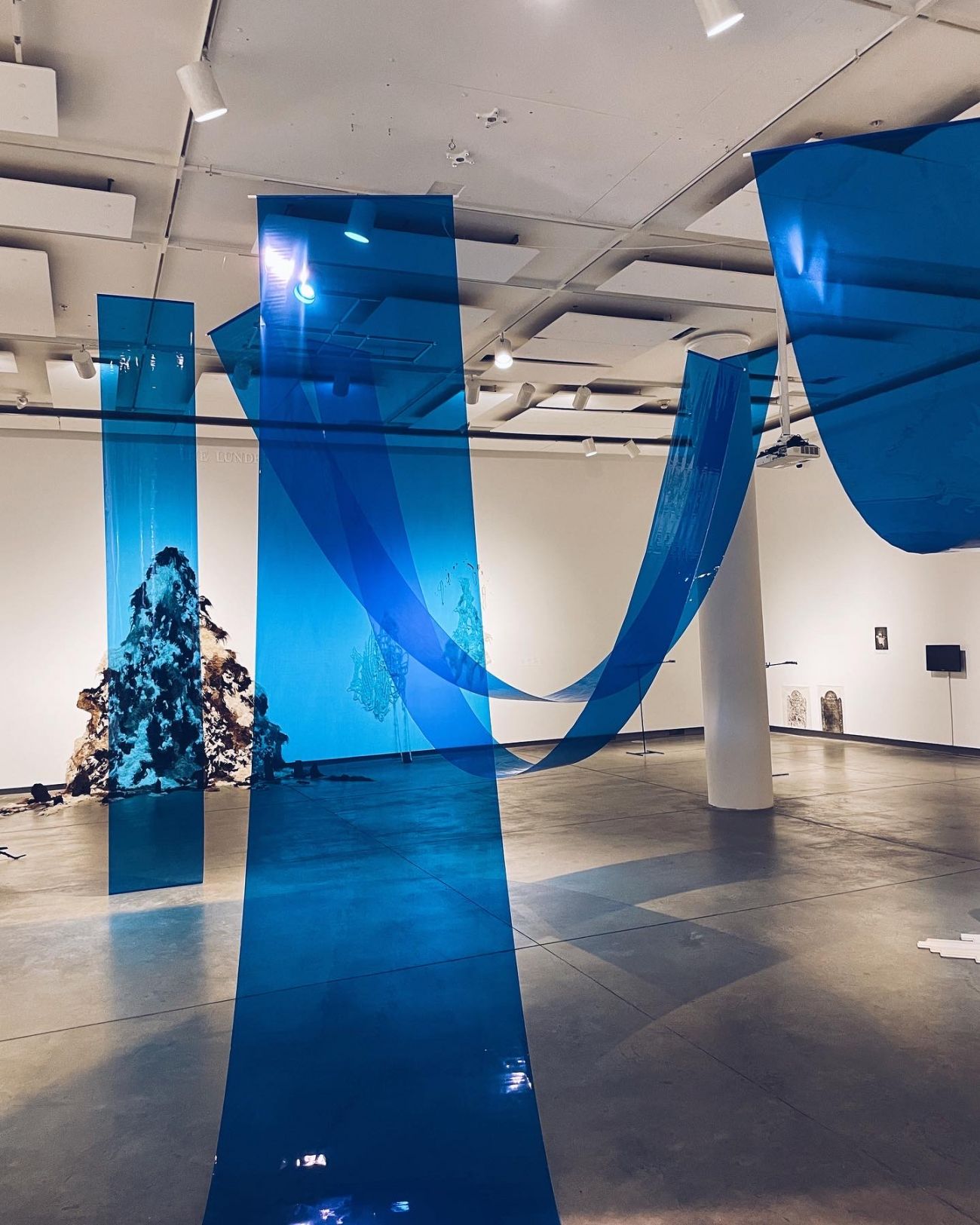
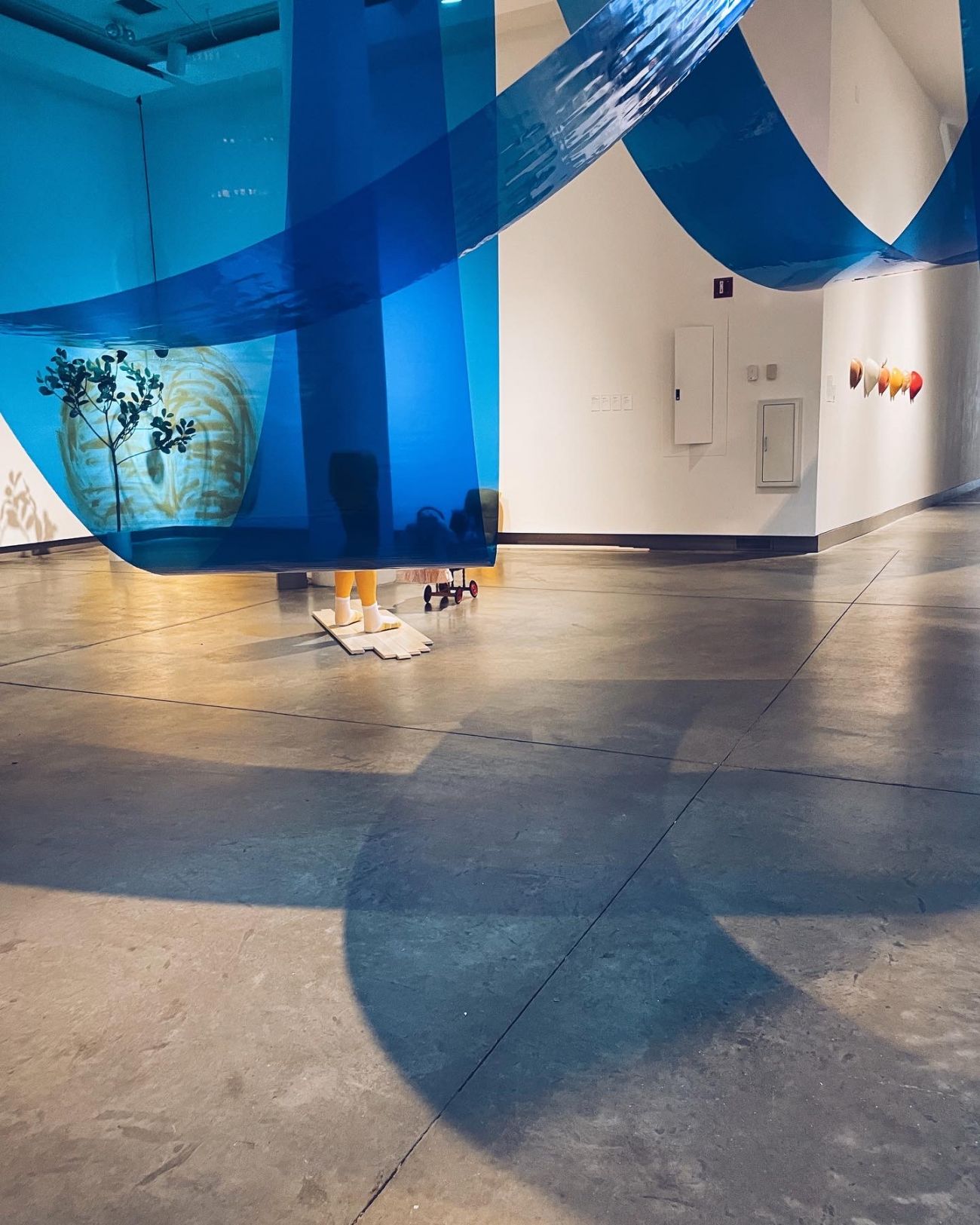
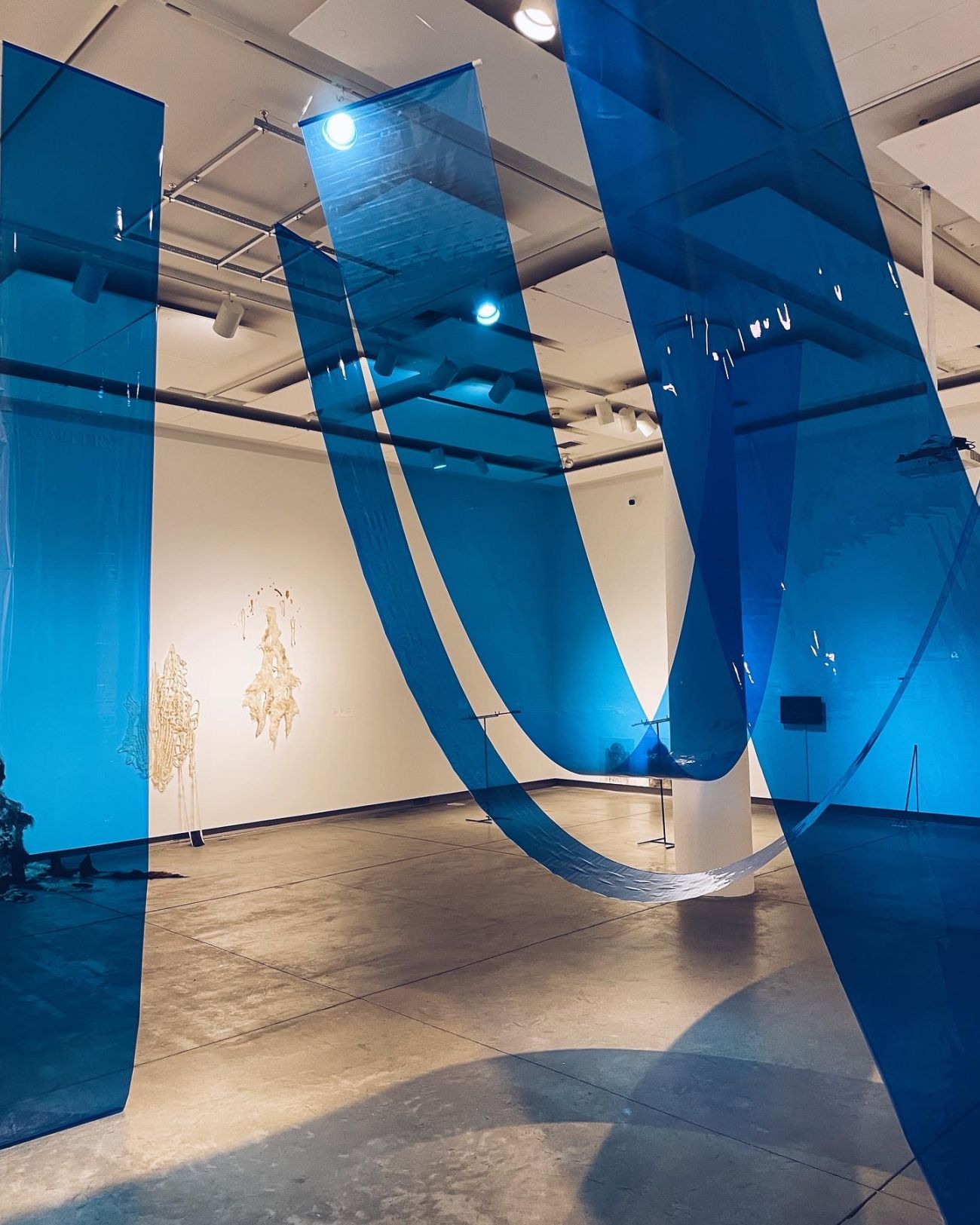

Description
This thesis examines Allie Wittmann?s artistic practice by navigating the concept of decentering the art object and applying form to the formlessness in spaces. By using immersive installations as a way to push back on having an object at the center of an artwork and through research based in decentering philosophy and theories, Wittmann argues that by decentering an object, projected cast shadows become a replacement for object-based artwork. She also argues that material is a tool to give form to both natural and artificial light, in other words formlessness. With reference to artists in the Light and Space Movement, Rudolph Arnheim, Maurice Merleau-Ponty, and the implication of spirituality, Wittmann places her work among the art where light, time, and color are viewed as tools. Space, once paired with time, becomes relevant with or without an object and with or without a viewer. With site-specific work, Wittmann uses the provided architecture to accentuate light within a space. Because each installation is different, she utilizes the contrast of each work to create a playful interaction that is unique to the viewer's experience and the architecture surrounding them. Calculated decision-making becomes prominent when light enters a space, affecting how long the space is illuminated and what design form it takes.

